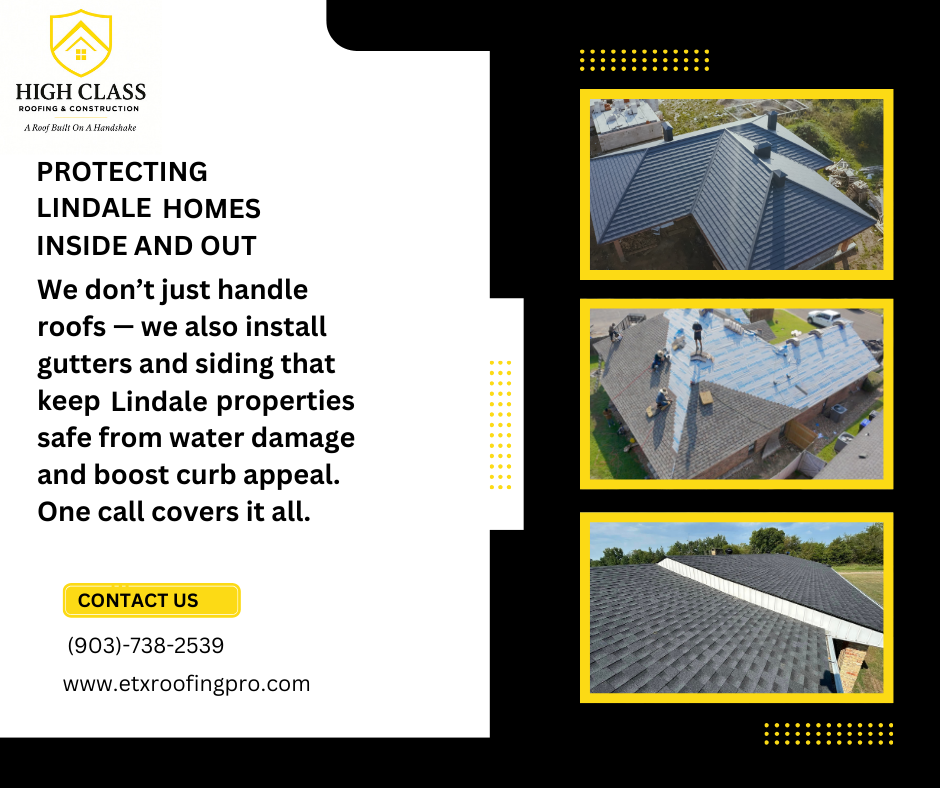Most homeowners think of their roof as the shingles they see from the street, but the real magic happens in the hidden spaces beneath. Your attic’s ventilation and insulation work together as an integrated system that dramatically affects your roof’s lifespan, energy costs, and overall home comfort. Understanding this partnership helps explain why some roofs last decades while others require premature replacement despite using identical materials.
Your attic functions like a buffer zone between your living space and the outside world, but only when properly designed. During Texas summers, inadequate ventilation allows attic temperatures to soar above 150°F, creating a furnace effect that literally cooks your roofing materials from beneath. This extreme heat accelerates shingle aging, causes granule loss, and makes asphalt materials brittle and prone to cracking. Proper ventilation creates airflow that keeps attic temperatures much closer to outdoor conditions. Cool air enters through soffit vents along the eaves while hot air escapes through ridge vents at the roof’s peak. This continuous circulation prevents heat buildup that shortens material life while reducing the workload on your cooling system during scorching summer months.
Quality insulation serves two critical functions that directly impact roof longevity. First, it prevents conditioned air from escaping into the attic, reducing temperature differentials that cause thermal stress in roofing materials. When your air-conditioned home creates a 50-degree temperature difference between interior and exterior surfaces, materials expand and contract repeatedly, leading to fatigue and premature failure. Second, proper insulation prevents moisture-laden indoor air from reaching cold surfaces in the attic where condensation forms. This moisture creates ideal conditions for mold growth, wood rot, and metal corrosion that can destroy structural components long before roofing materials reach their expected lifespan. Even in Texas’s generally dry climate, cooking, showering, and normal household activities generate surprising amounts of water vapor that must be managed effectively.
While Texas doesn’t experience harsh winters, occasional freezing events create unique challenges when ventilation and insulation aren’t properly balanced. Poor insulation allows heated living spaces to warm the roof deck, melting snow or ice that then refreezes at colder eaves areas. These ice dams force water backward under shingles, creating leaks that damage both roofing materials and interior surfaces. Similarly, inadequate ventilation during winter months can trap moisture in attic spaces where it condenses on cold surfaces, promoting rot and reducing insulation effectiveness over time.
The ventilation and insulation partnership creates compounding benefits that extend far beyond roof protection. Proper attic climate control can reduce cooling costs by 20-30% during Texas summers while maintaining more consistent indoor temperatures throughout your home. These energy savings often exceed the cost of proper installation within just a few years. Additionally, maintaining moderate attic temperatures prevents HVAC equipment housed in attic spaces from working overtime, extending the life of expensive heating and cooling systems while improving their efficiency.
Achieving optimal ventilation and insulation balance requires professional expertise to calculate proper airflow requirements, identify potential problems, and ensure all components work together effectively. This investment protects your roofing materials while creating a more comfortable, energy-efficient home that maintains its value over decades of Texas weather challenges.





